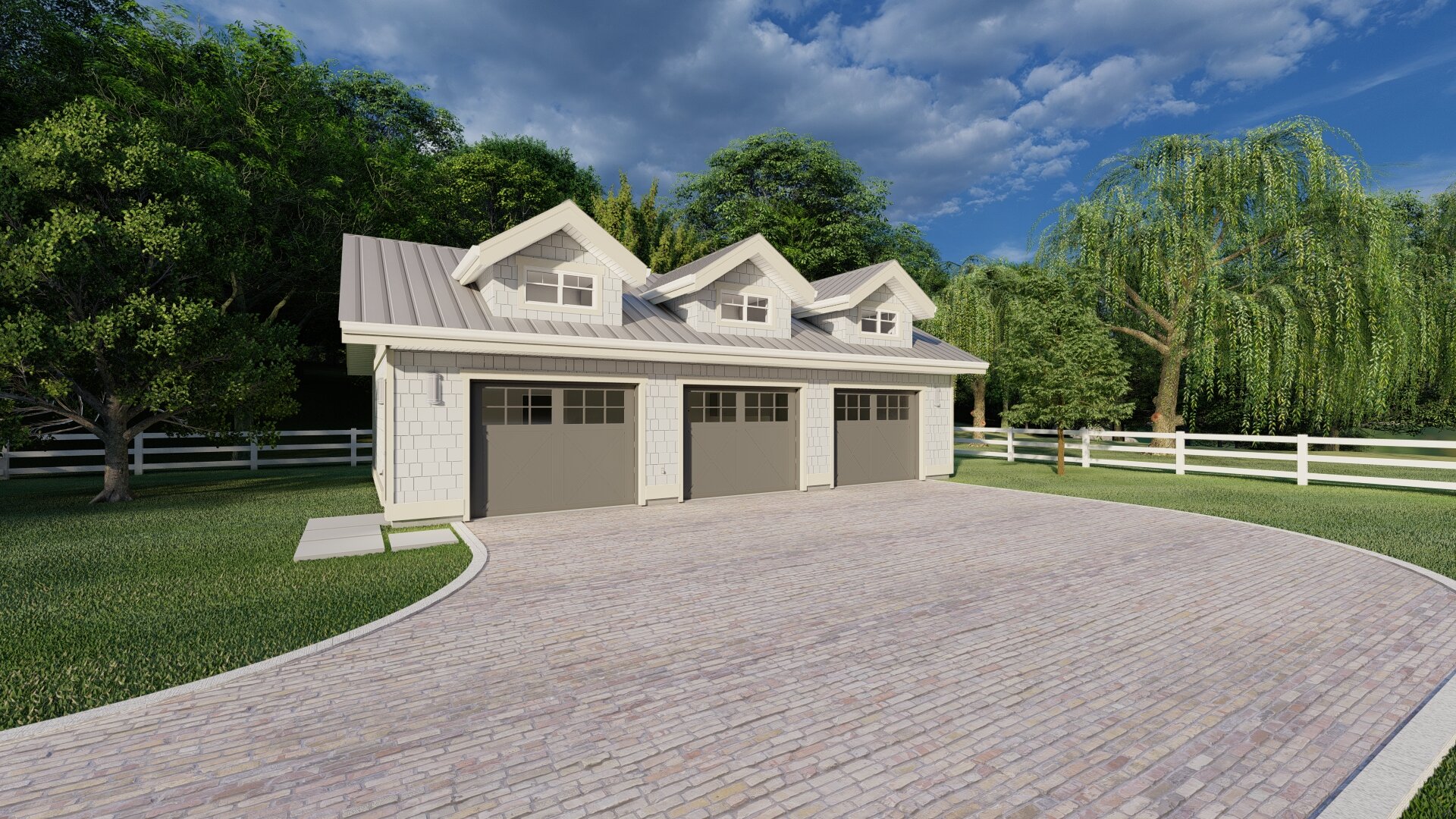
Who Are Building Designers?
Residential Designers and Building Designers are an essential part of the construction industry.
How are Building Designers and Residential Designers different from Architects? That is one of the questions commonly asked by clients looking to build their next home. In many ways Building Designers and Architects perform very similar tasks, both are responsible for design and production of building permit and construction drawings needed to build a home or other type of building. The Architects Regulation prohibits anyone other than members of the Architectural Institute of British Columbia (AIBC) from using the reserved titles of Architect, Interim Architect, or Architectural technologist. So while the two groups perform many similar tasks, Building Designers and Architects are different.
What Building Designers can do is provide all of the design services and drafting services required for you to build your next home, renovation, or small commercial building. There are some limits to what a Building Designer can do, these have to do with the size and purpose of the building. At present a Building Designer can design any single family dwelling, duplex, or townhouse with up to four dwelling units per building. They can design commercial, agricultural, and industrial buildings up to certain sizes. They can design inns, motels, hotels and care facilities within the size limits allowed. They work within the requirements of Part 9 of the BC Building Code, and at present are restricted from designing fully within Part 9 by the Architects Regulation. Sadly, the Architects Regulation is not yet in harmony with the majority of the Provinces and Territories in Canada that allow Building Designers to practice freely in Part 9 of the Building Code.
There are many advantages to using a Building Designer instead of an Architect, and that is why the majority of single family residences, and many other buildings are designed by them. The most obvious reason is the cost saving, as most Building Designers are more affordable than Architects. The fact that they are more affordable does not mean that they are not creative, knowledgeable, or accomplished. To the contrary many Building Designers are leaders in the construction industry and are award winning designers.
Another advantage to a building designer is their understanding of building science and structural design. Designers are known for taking a more practical approach to design, giving far more consideration to the structural design rather than just the aesthetics, and typically provide far more structural detail on their construction documents. This among many other reasons is why Building Designers are often the preferred choice by most contractors and builders.
Building Designers are capable of designing beautiful and sophisticated homes and buildings as well as they handle simple projects and additions. Whatever is needed, Building Designers are filling a valuable space in the construction landscape in BC.
Residential Design
Singles family homes, duplexes, townhomes, multi-family projects. Whether the project is a small cottage by the lake or a luxury estate home, Building Designers have a tried and true record of getting the job done.
Commercial Design
Commercial, industrial, and agricultural buildings can all be handled by a Building Designer. There are restrictions to the size of the buildings as mandated by the BC Architects Act, however within the allowed scope there are many buildings that can be designed. Your Building Designer will let you know if the project can be done by a designer. You can consult the exceptions list in Part 60 of the BC Architects Act, as well as the Buildings allowed in Part 9 of the BC Building Code 2018 to determine what is possible.
Renovations and Small Projects
Decks, additions, renovations, and small projects also are in the scope of work for many Building Designers. Ask a designer what they can do for you on your next project.



